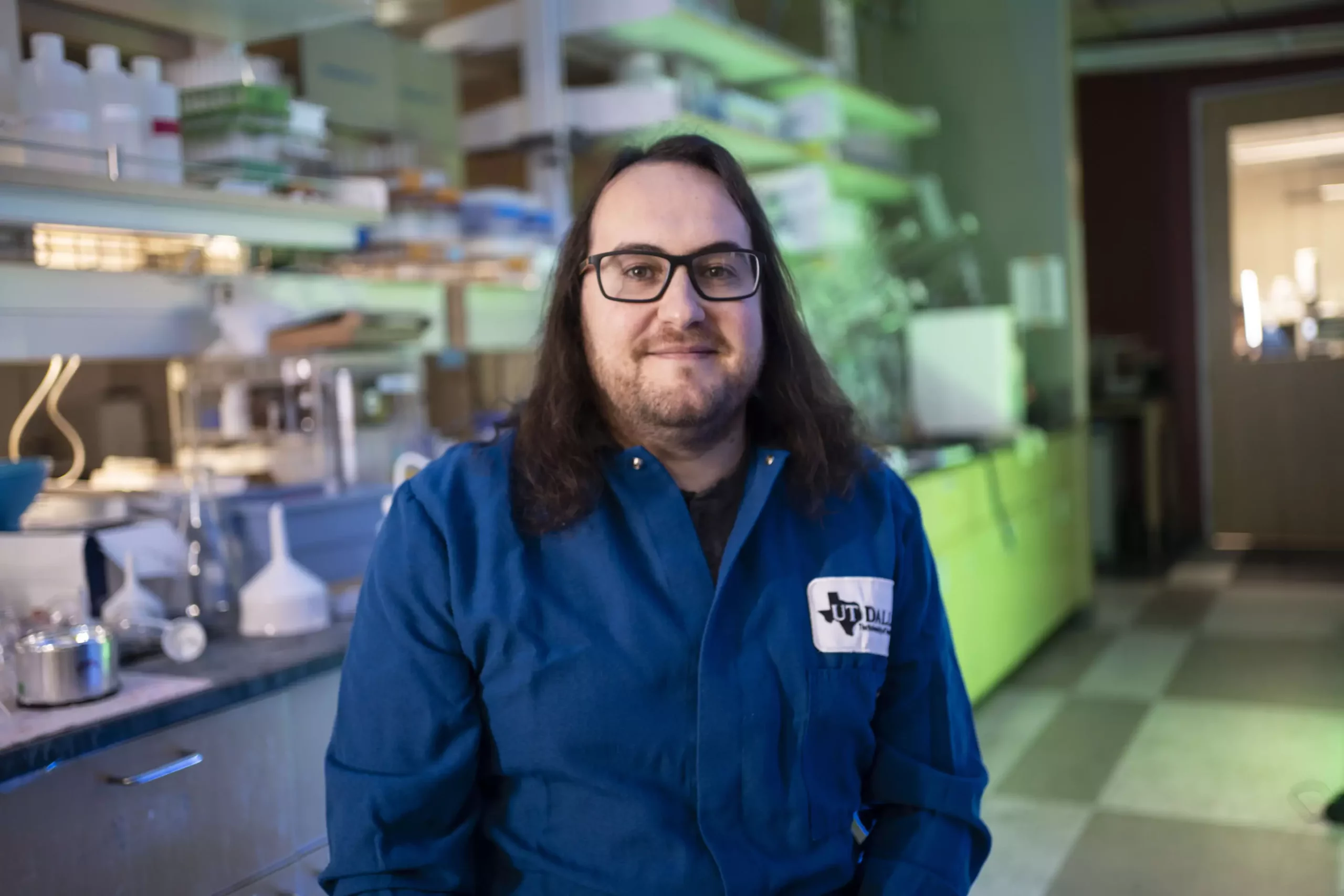In the realm of medicinal chemistry, the exploration of enantiomers—molecules that are mirror images of each other—holds immense potential for developing new treatments for various ailments, including cancer, depression, and infectious diseases. Enantiomers, while chemically identical, can exhibit markedly different biological effects when introduced to the human body. This distinction underscores the necessity for chemists to efficiently synthesize specific enantiomers that demonstrate desired therapeutic properties. A recent study led by a team of researchers at the University of Texas at Dallas has introduced a novel chemical reaction method that enables scientists to produce these mirror molecules selectively, a watershed moment for drug development.
The study, published in the prestigious journal Science, describes a groundbreaking synthesis technique that allows researchers to generate large quantities of pure enantiomeric compounds. By utilizing a newly developed catalyst, the team is able to attach prenyl groups—composed of five carbon atoms—to enones in a single step. This process not only mimics the efficient methods found in nature but also sets a precedent for cost-effective and scalable production. Dr. Filippo Romiti, a chemist involved in the study, emphasizes that the new methodology represents a paradigm shift, allowing scientists to synthesize biologically active molecules more readily for therapeutic evaluations.
Traditionally, synthesizing enantiomers has been a cumbersome and inefficacious task, often resulting in mixtures of both left- and right-handed versions. The innovative method showcased by Romiti and his colleagues effectively eliminates this complication, facilitating rapid and effective synthesis. The outlined synthesis process attains completion in approximately 15 minutes at room temperature, significantly enhancing energy efficiency compared to conventional methods requiring extensive temperature manipulation.
While naturally occurring compounds have proven to be vital sources of potential medicinal agents, their limited availability in nature poses substantial hurdles for researchers. Many bioactive substances exist only in trace amounts within plants and organisms, necessitating the development of robust synthetic pathways capable of producing these compounds in larger quantities for experimentation and drug formulation.
The researchers focused on synthesizing polycyclic polyprenylated acylphloroglucinols (PPAPs)—a diverse class of over 400 natural products known for their multifaceted biological activities, including anti-cancer and anti-viral properties. By demonstrating the efficacy of their new synthesis method, the team successfully generated enantiomers of eight specific PPAPs, thereby not only proving the method’s utility but also laying the groundwork for future explorations into the therapeutic applications of these compounds.
Among the compounds synthesized was nemorosonol, a promising molecule derived from a Brazilian tree with known antimicrobial properties. While prior research had established its antimicrobial effects, uncertainty lingered regarding which enantiomer exhibited such activity. The team’s findings—the result of accessing pure samples—could clarify the unique biological roles played by each enantiomer.
Testing conducted on the synthesized nemorosonol enantiomer against various cancer cell lines revealed promising results, highlighting the significance of their approach in producing compounds in sufficient quantities for testing. Dr. Romiti acknowledges the importance of these findings: “This was very interesting and could only have been discovered if we had access to large quantities of a pure enantiomeric sample to test.” However, Romiti cautions that further research is necessary to comprehensively understand the specific biological roles of the enantiomers.
The advancement of this synthesis method carries potent implications for drug discovery and translational medicine. Not only will researchers be able to manufacture enantiomers more efficiently, but the capacity to create optimized analogs of natural products will pave the way for more selective and powerful therapeutic agents. “We developed this process to be as pharma-friendly as possible,” Romiti states, reinforcing the adaptability of this novel methodology in pharmaceutical applications.
Going forward, the research team aims to expand their synthesized products beyond PPAPs, diversifying their strategy to include other classes of natural compounds. This扩展 will unlock an array of possibilities in drug design, broadening the scope of medicinal chemists’ capabilities and improving the landscape of treatment options available for various health challenges.
This breakthrough in enantiomer synthesis not only propels scientists toward enhanced efficiency in drug development but also highlights an exciting future where the therapeutic benefits of natural products can be realized more fully and effectively. By revolutionizing the approach to synthesizing mirror molecules, the potential to discover and harness new treatments becomes more attainable than ever before.

